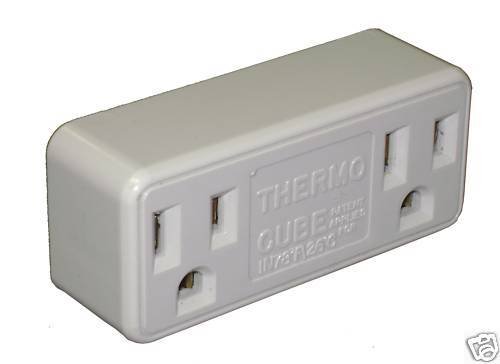I am taking our 45’ Californian MY to Bellingham, WA for the winter where it will remain in the water. The boatyard could not give me any meaningful guidance with respect to winterization other than keeping a few of the low wattage heaters going.
This will be our first winter with the boat in the PNW so I am hoping to get guidance from folks that do this every year in this area.
I plan to have 4 low wattage heaters going, drain the waterlines and the hot water tanks, add antifreeze in the traps and in the holding tank and add antigel in the fuel tanks.
Should I drain the water tank or fill it to the max? Do I place one low wattage heater in the ER? Do I cutoff the batteries or keep them charging? Do I close the thru-hulls? Is there a need for stronger heaters such as a ceramic heater with the thermostat set to very low?
I would very much appreciate any comments or input, please.
Thank you in advance
Streff
This will be our first winter with the boat in the PNW so I am hoping to get guidance from folks that do this every year in this area.
I plan to have 4 low wattage heaters going, drain the waterlines and the hot water tanks, add antifreeze in the traps and in the holding tank and add antigel in the fuel tanks.
Should I drain the water tank or fill it to the max? Do I place one low wattage heater in the ER? Do I cutoff the batteries or keep them charging? Do I close the thru-hulls? Is there a need for stronger heaters such as a ceramic heater with the thermostat set to very low?
I would very much appreciate any comments or input, please.
Thank you in advance
Streff

